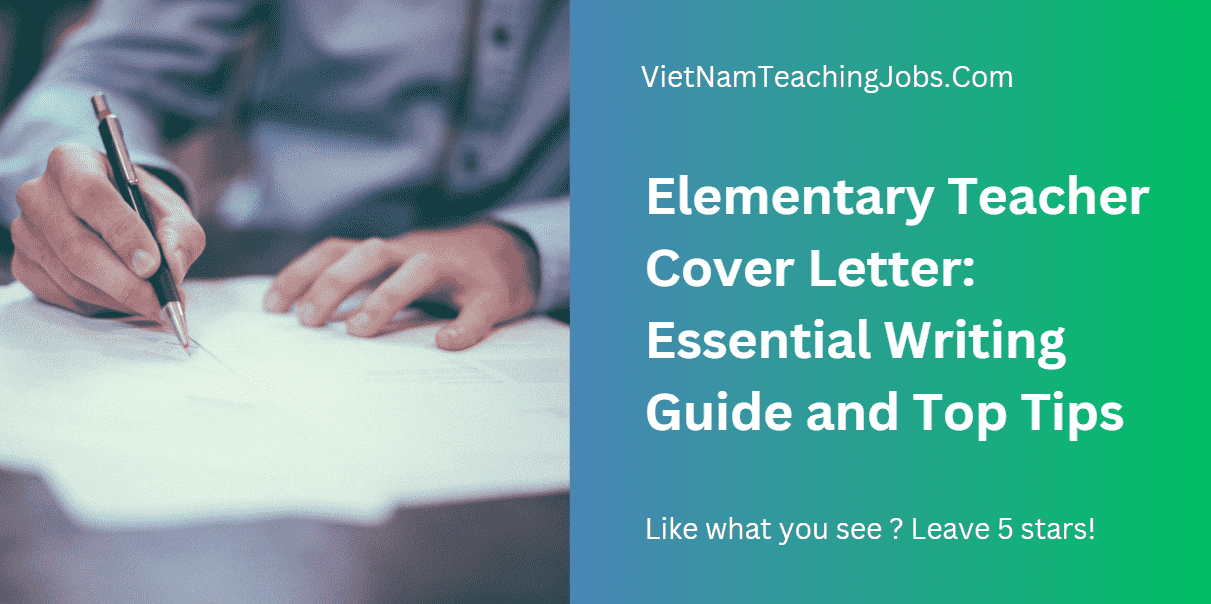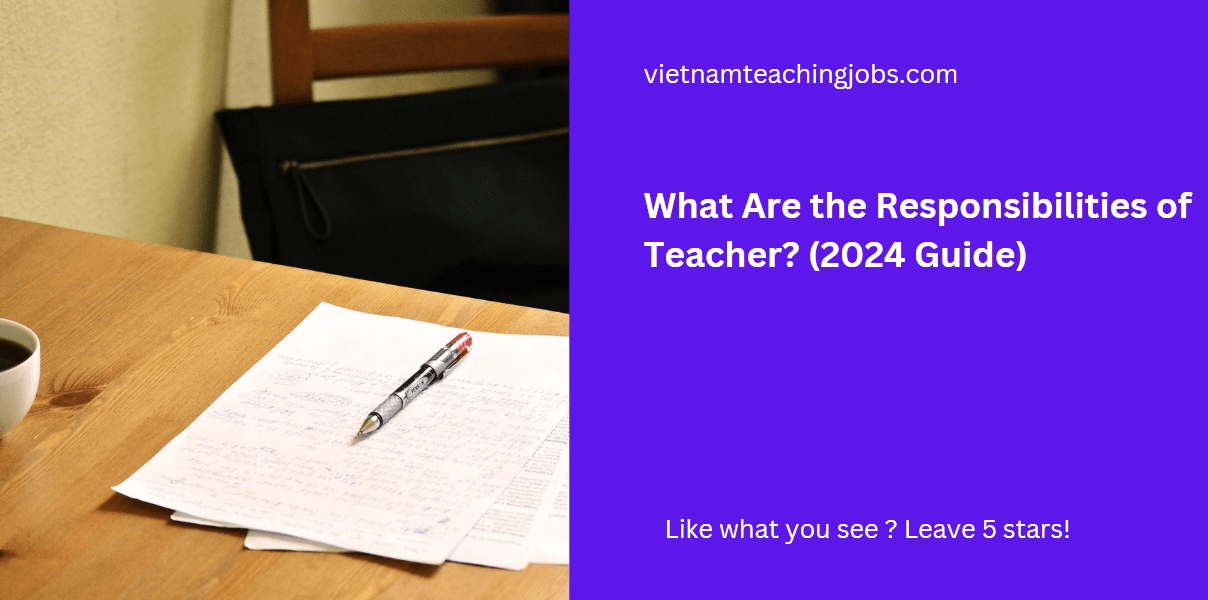This is considered an important step to ensure a well-organized and engaging learning experience as well as achieve the goals of Lesson Planning. Let’s explore with VTJ the essential components of the successful lesson plan.
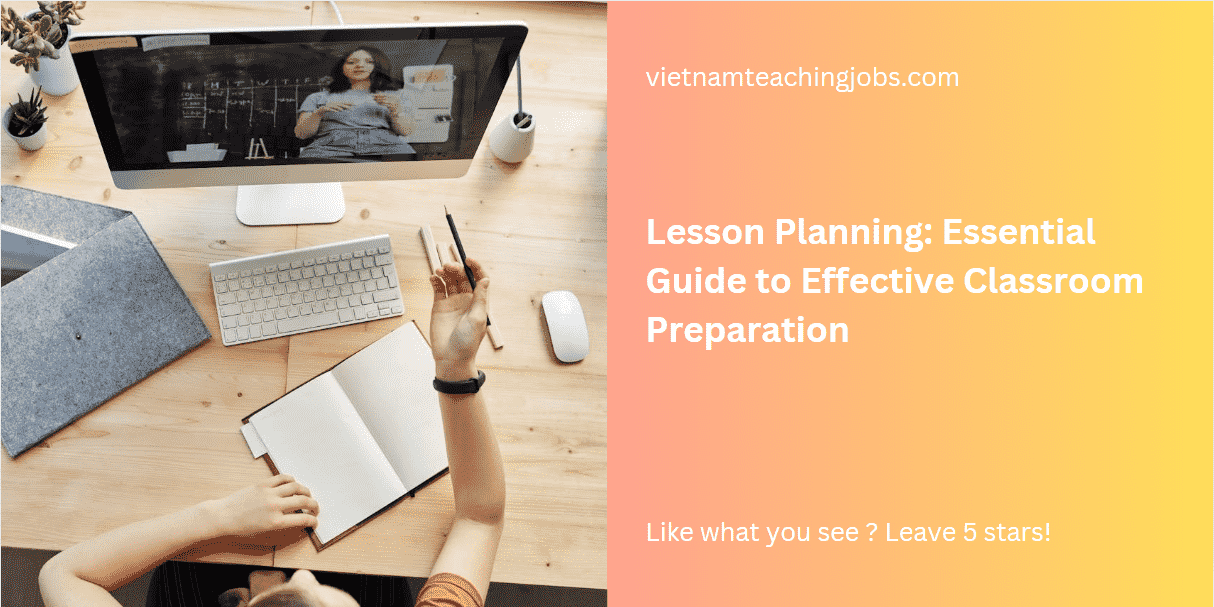 A lesson plan is a teacher’s roadmap for a class. It outlines what students should learn, how they’ll learn it, and how to check if they’ve got it
A lesson plan is a teacher’s roadmap for a class. It outlines what students should learn, how they’ll learn it, and how to check if they’ve got it
What is lesson planning?
Define: A lesson plan is a teacher’s roadmap for a class. It outlines what students should learn, how they’ll learn it, and how to check if they’ve got it. Teachers create these plans daily, tailoring them to their style, subject, and students’ needs. While schools might have some requirements, the basics usually cover the lesson’s goal, teaching methods, and ways to assess learning. Think of it as a recipe for a successful class!
Effect: When entering the classroom, teachers will confidently teach better than ever with quality lesson planning. Therefore, the steps to prepare a lesson plan will include selecting content, listing the main ideas, and arranging a reasonable sequence.
From there, teachers can choose appropriate teaching methods and design appropriate activities for upcoming lessons. Through this preparatory process, educators thoughtfully organize materials and concepts into a structured sequence that aligns with and facilitates achieving the intended lesson goals. By investing time in proactive lesson planning, teachers ensure their lessons follow a logical flow that maximizes student learning opportunities.
Read more: How To Write a Lesson Plan in 6 Steps: The Complete Guide
What is the objective of the lesson planning?
The foundation of good teaching is lesson planning, which acts as a road map for teachers and starts student learning. Therefore, an engaging and successful teaching course does not stop at clearly stating topics and activities. It calls for a careful strategy that forecasts student needs, promotes close knowledge, and ignites a passion for learning.
Steps to Prepare Lesson Planning
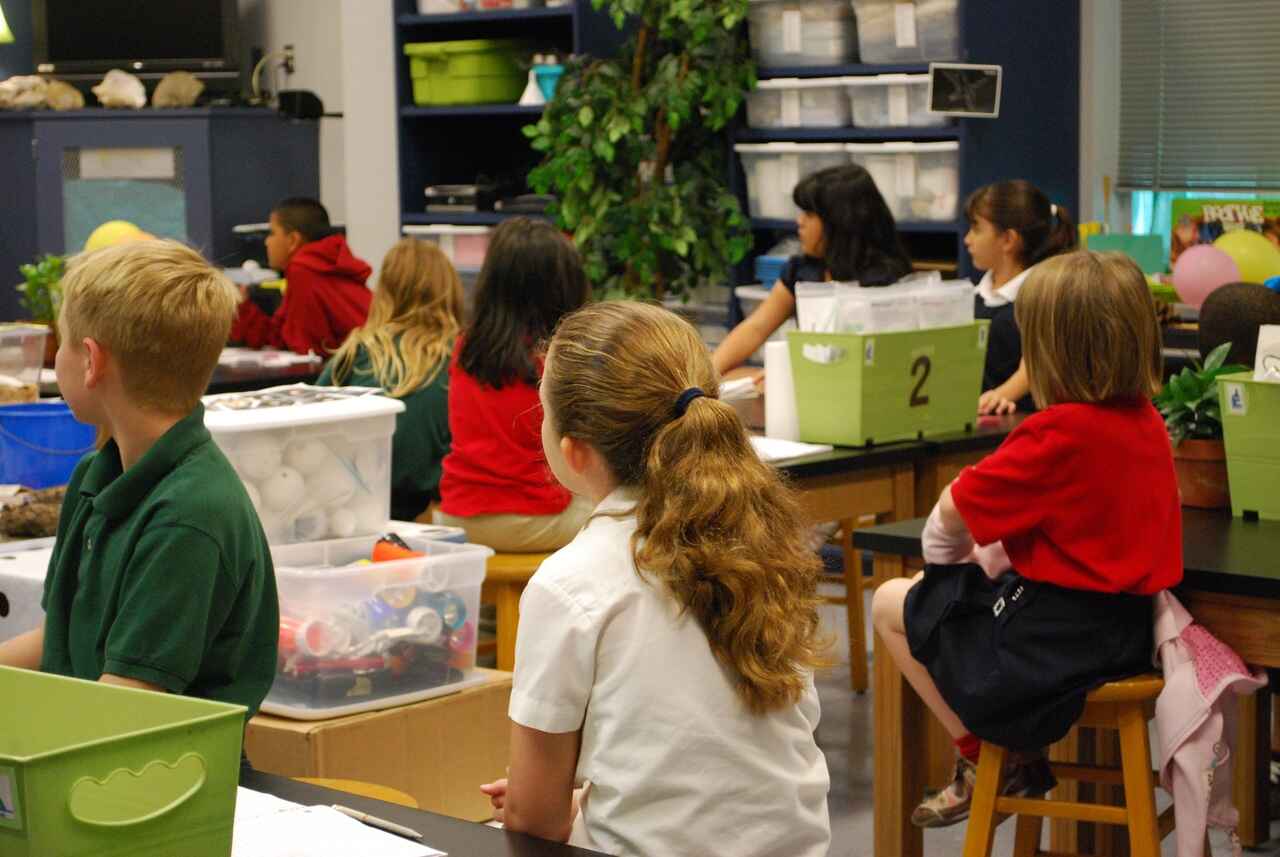 4 Steps to Prepare Lesson Planning – Image: Pxhere
4 Steps to Prepare Lesson Planning – Image: Pxhere
Usually, teachers who do not have much experience, or have just graduated from pedagogy and do not know where to start to prepare lesson plans, do not hesitate to refer to the following steps:
Step 1: Determine specific teaching goals and learning object
- Determine specific teaching goals: It include the core knowledge, skills, or values that students receive after completing a long process of hard work. With well-articulated goals as a foundation, teachers can then structure content, activities, and assessments in service of those objectives.
- Determine the learning object: Through demographics, teachers can completely paint a portrait of students such as age, geography, ability, and current knowledge base of students. Furthermore, this enables teachers to customize teaching methods and materials to suit their students’ needs.
Read more: 22+ SMART Teacher Goals Examples in 2024
Step 2: Prepare documents
This is the step of collecting documents and preparing content as a treasure trove of knowledge for teachers. Because each learning resource will be suitable for different teaching goals and learners. And a small tip is that thematic lesson plans are also an option worth considering.
Step 3: Determine teaching methods
Based on teaching goals and learning subjects, teachers can use methods such as group discussion, problem-solving, practice, experiments, or online teaching… All should be aimed at as feasible and effective as possible.
Read more: 14 Types of teaching methods for an effective lesson
Step 4: Plan the lesson
Some ideas to include in the plan include: how to organize content, learning activities, expected time for each section, assessment methods, and other supporting documents. If prepared well, teachers will have time to think of many solutions in each different situation.
Read more: Most Used Lesson Planning Tools by English Teachers
FAQs
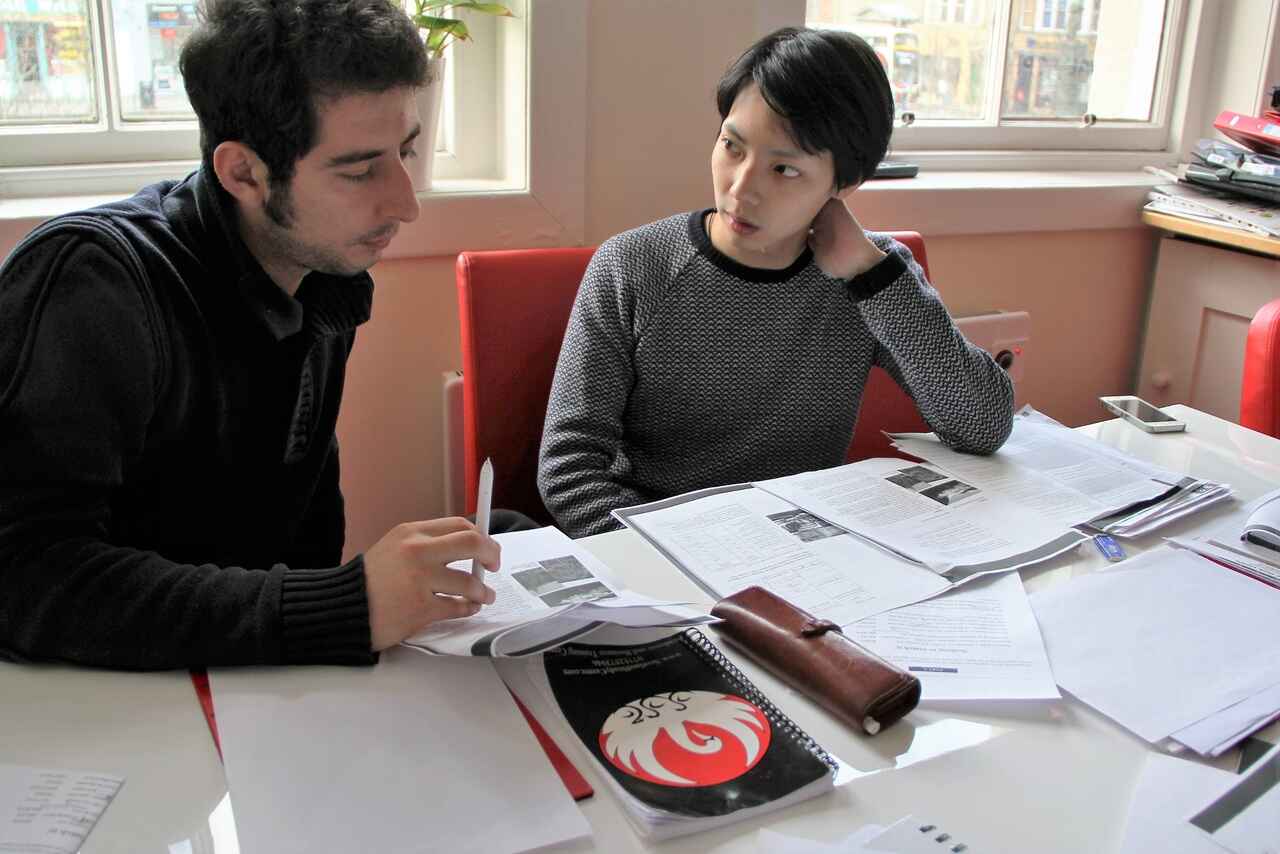 Lesson planning FAQs – Image: Pxhere
Lesson planning FAQs – Image: Pxhere
What are the 4 C’s of lesson planning?
According to the term education, skills of 4Cs that 21st-century education aims to develop in students include:
- Collaboration: refers to group activities or projects that require students to work together, share ideas, and contribute personal strengths to achieve common goals.
- Communication: to promote positive oral, and written communications, and create conditions for lively discussions and debates and an exciting atmosphere.
- Creativity: encourage students to explore different perspectives, and make connections through various forms, such as art, music, drama, or technology-based projects.
- Critical thinking: helps improve analytical skills, stating opinions, making arguments, citing evidence, and drawing conclusions to convince the audience.
What are the 5 Cs of the lesson planning?
The 5Cs are a rule for expanding one more skill based on the 4Cs in lesson planning. Basically, it includes 4 skills in the 4Cs principle, and an additional skill is Computational Learning. To adapt to the modern lifestyle, games and computational learning applications are also methods to stimulate students’ brains and intelligence.
What are 6 main components of lesson planning?
According to the assessment, depending on the teaching environment, there are 6 different components in lesson planning. However, usually, there will be 6 ingredients below, you can refer to:
- Objective
- Materials
- Background knowledge
- Direct instruction
- Guided teaching
- Reflection and assessment
Lesson planning is an indispensable step for all teachers in general and for bringing knowledge to each student in particular. Indeed, it largely contributes to the way students perceive, learn, and live to have a more stable future.


